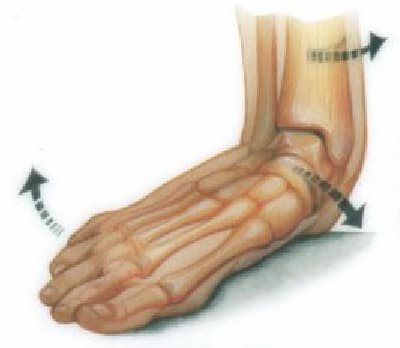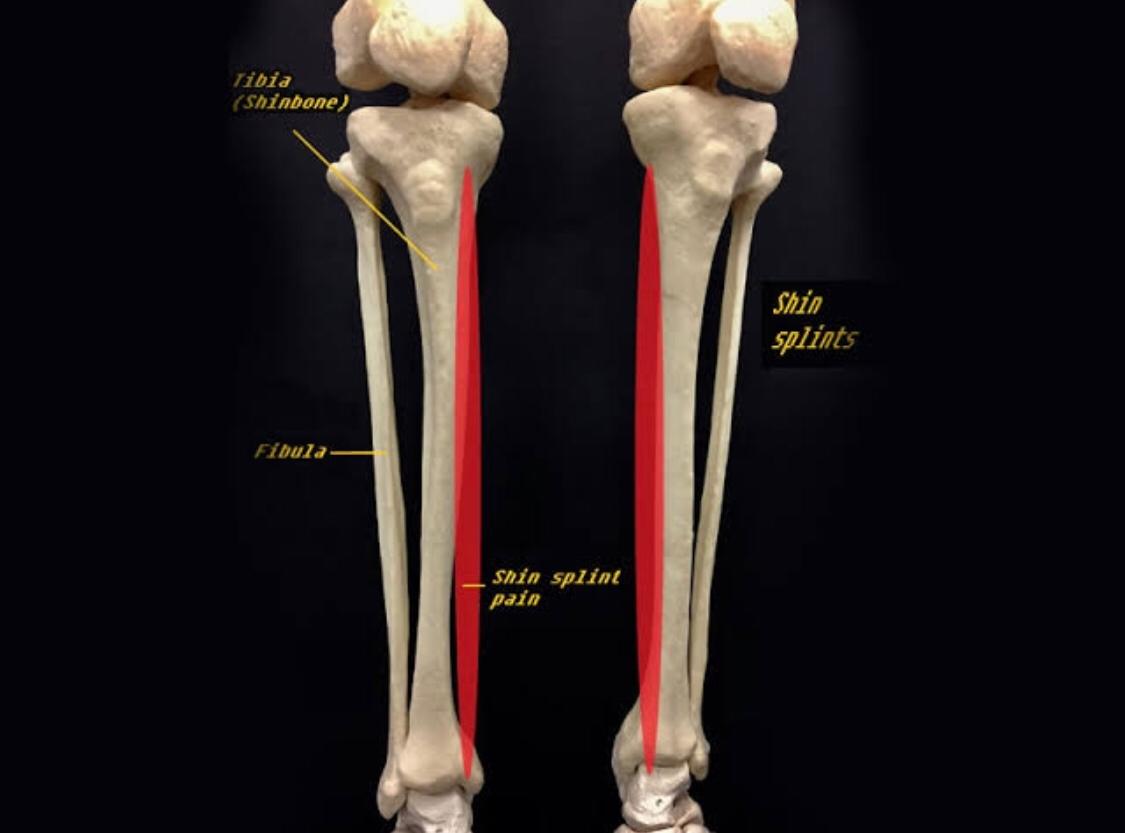As we mentioned in, “What are flat feet?”, someone who has really flat feet really knows they have flat feet. However, many people don’t know they have flat feet. This is especially true if they did not when they were young. This can be why a lot of insoles are ineffective for relieving foot and heel pain. Not knowing if you have flat feet and buying insoles for average arches can cause more problems and pain in the future.
How common are flat feet?
At birth, 25% of babies are born with flat feet. As time goes on with activity, weight, poor shoes and/or injury another 10-15% of people will develop flat feet. The ligaments in the arch are supporting the bones of the arch. As the ligaments weaken, the arch starts to fall. The tendons coming from the leg to attach in the foot are then fully relied upon to support the arch from falling. The arch falling is called pronation. As the foot pronates, the arch falls more, the forefoot and heel bone rotate inward and the leg twists in thus causing the knee and hips to also twist.
How do you tell if you have flat feet?
If your feet flatten out is determined by what your forefoot, arches and ankle do upon weight bearing. If you are sitting there without any weight on your feet and you see that you have a nice arch, but upon standing, you lose this arch, then you have flexible flat feet.
Other ways to test if you have flat feet are to see how much your ankle rotates in. Start by standing up, doing one foot at a time, turn your foot outward and put weight on the outside of the foot. Then let your foot be relaxed and let the foot flatten out as much as you can. If you have little arch and rotation at the ankles you have flat feet.
What are the signs of flat feet?
Additional signs are callouses at the 2nd metatarsal head, wearing the shoes down on the inside of the heel (some people wear the outside down due to compensation however). Another sign are callouses of the 4th or 5th metatarsal heads as well, again due to compensation and walking on the outside of the feet. Some people with flat feet will complain of weak ankles or frequent ankle sprains.
What about shin splints?
Shin splints are another sign of flat feet since the leg muscles are being pulled as the foot is pronating and with some kids it may be they are complaining of leg aches and want their legs rubbed before going to bed. Knee and lower back pain are also symptoms of having flat feet since the legs rotate and thus twist at the knee and/or back. If you do have flat feet, in some people the only pain you may experience is in one area such as the knees only or hips only.
What are the best inserts for flat feet?
As we discussed in our article, “What Causes Heel Pain?”, not all inserts for heel pain will work if the cause is flat feet. Inserts, insoles, and arch supports not relieving foot pain is actually another sign you may have flat feet. If you have tried other arch supports – whether over the counter or prescription orthotics- and it feels like a rolled up sock in the arch you might benefit from an insole for flat feet. Flat feet are hereditary, so if a family member has flat feet, you are likely to have flat feet as well. Also some syndromes- Down syndrome and Ehlers-Danlos syndrome – generally have over 95% flat feet. Flat feet is not known to be in any certain race.








